Best Time for Chimney Crown Repairs
Chimney crown repairs are essential for maintaining the structural integrity and preventing water intrusion. The optimal time for repairs depends on weather conditions, climate, and the condition of the chimney. Typically, mild and dry seasons are ideal for conducting repairs to ensure proper curing and adherence of materials.
Spring offers moderate temperatures and less rain, making it suitable for chimney crown maintenance and repairs.
Dry summer months provide ideal conditions for repairs, reducing the risk of moisture interference during work.
Performing repairs in fall can prepare the chimney for winter, preventing freeze-thaw damage.
Winter is generally not recommended due to low temperatures and increased moisture, which can hinder repair effectiveness.

Ways to make Chimney Crown Repairs work in tight or awkward layouts.
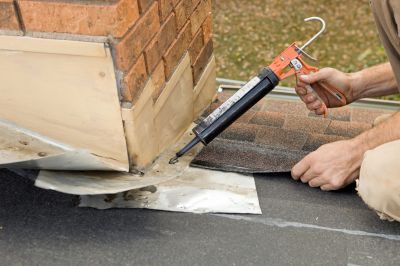
Popular materials for Chimney Crown Repairs and why they hold up over time.
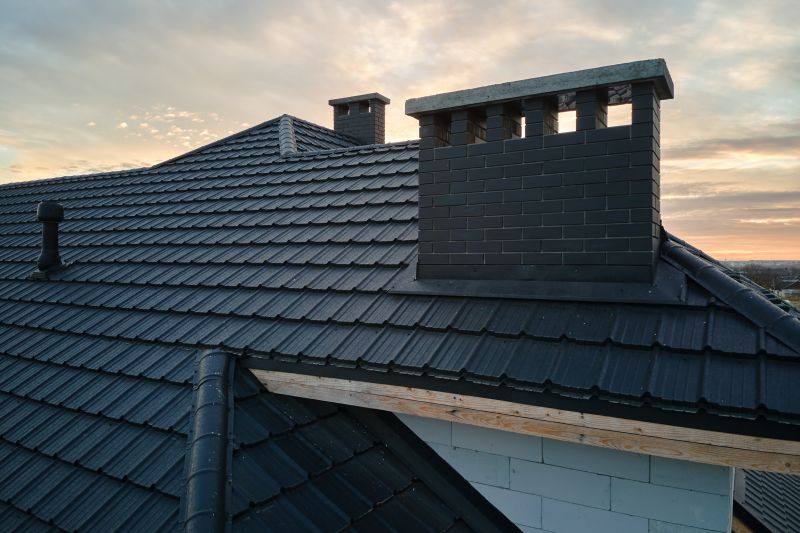
Simple add-ons that improve Chimney Crown Repairs without blowing the budget.
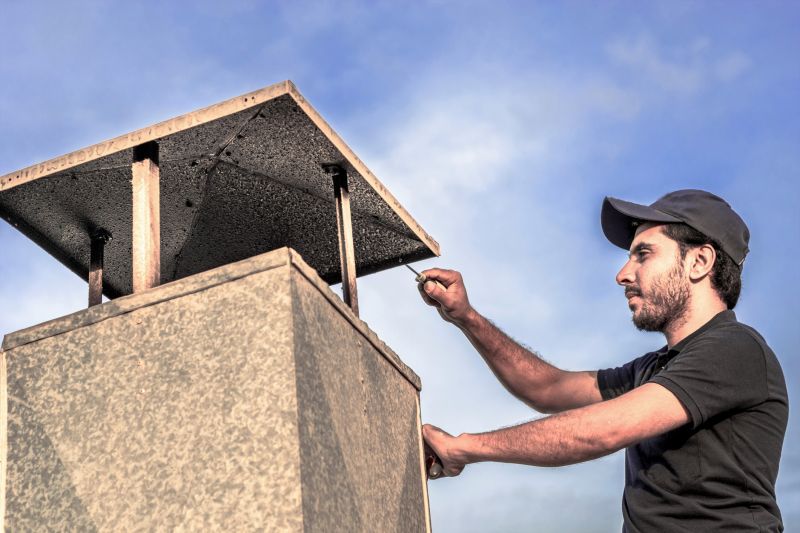
High-end options that actually feel worth it for Chimney Crown Repairs.
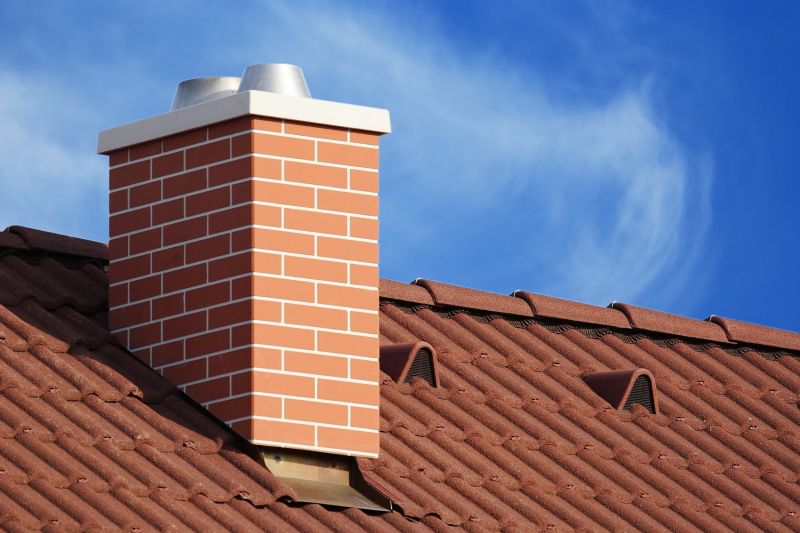
Finishes and colors that play nicely with Chimney Crown Repairs.
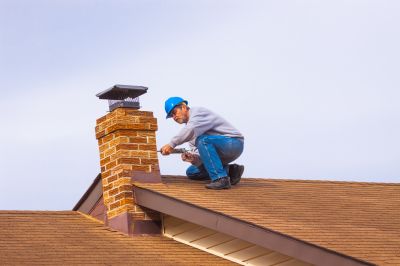
Little measurements that prevent headaches on Chimney Crown Repairs day.

A 60-second routine that keeps Chimney Crown Repairs looking new.
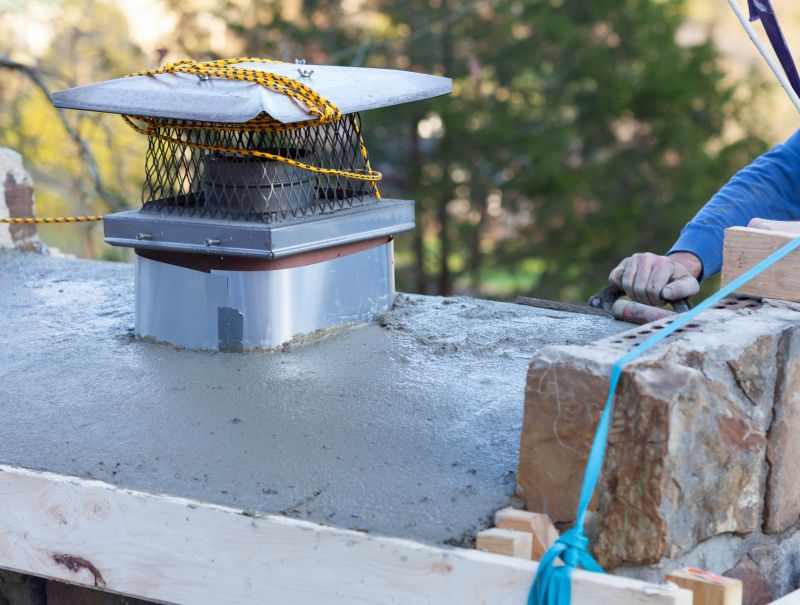
A frequent mistake in Chimney Crown Repairs and how to dodge it.
| Season | Ideal Repair Conditions |
|---|---|
| Spring | Moderate temperatures, less rain, good for curing materials. |
| Summer | Dry weather, ideal for outdoor repairs. |
| Fall | Prepares chimney for winter, prevents freeze damage. |
| Winter | Low temperatures and moisture make repairs difficult. |
Chimney crown repairs are vital for protecting the chimney structure from water damage and deterioration. The crown, located at the top of the chimney, acts as a barrier against rain, snow, and debris. Proper maintenance can extend the lifespan of the chimney and prevent costly damages. Regular inspections and timely repairs ensure that cracks and deterioration are addressed before water infiltration occurs, which can lead to internal damage and structural issues.
Statistics indicate that chimney crown deterioration is a common cause of chimney failure, with over 60% of chimney-related repairs involving crown issues. Properly maintained crowns can significantly reduce the risk of water intrusion, which accounts for the majority of chimney damage. Repair techniques include sealing cracks, rebuilding deteriorated crowns, and applying waterproof coatings to enhance durability.
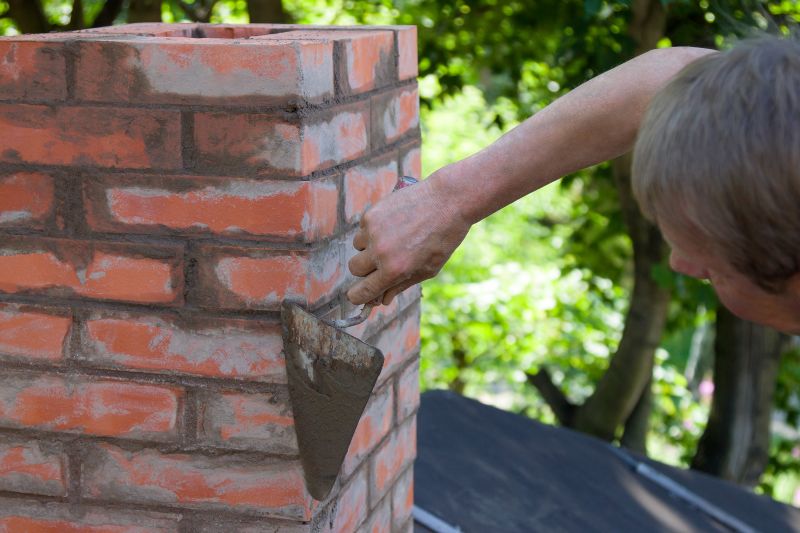
Small tweaks to make Chimney Crown Repairs safer and easier to use.

Lower-waste or water-saving choices for Chimney Crown Repairs.

The short, realistic tool list for quality Chimney Crown Repairs.
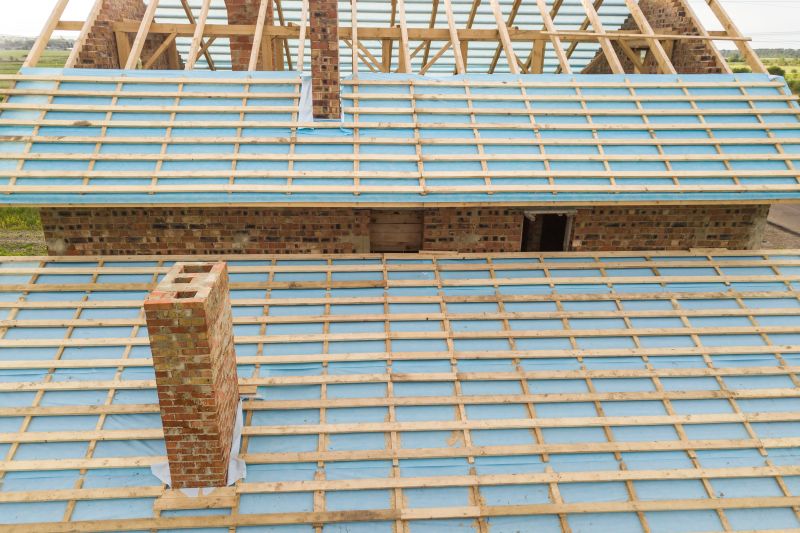
Rough timing from prep to clean-up for Chimney Crown Repairs.
Interested in scheduling chimney crown repairs? Filling out the contact form can provide more information and help plan the appropriate time for service based on local weather conditions and the specific needs of the chimney.



